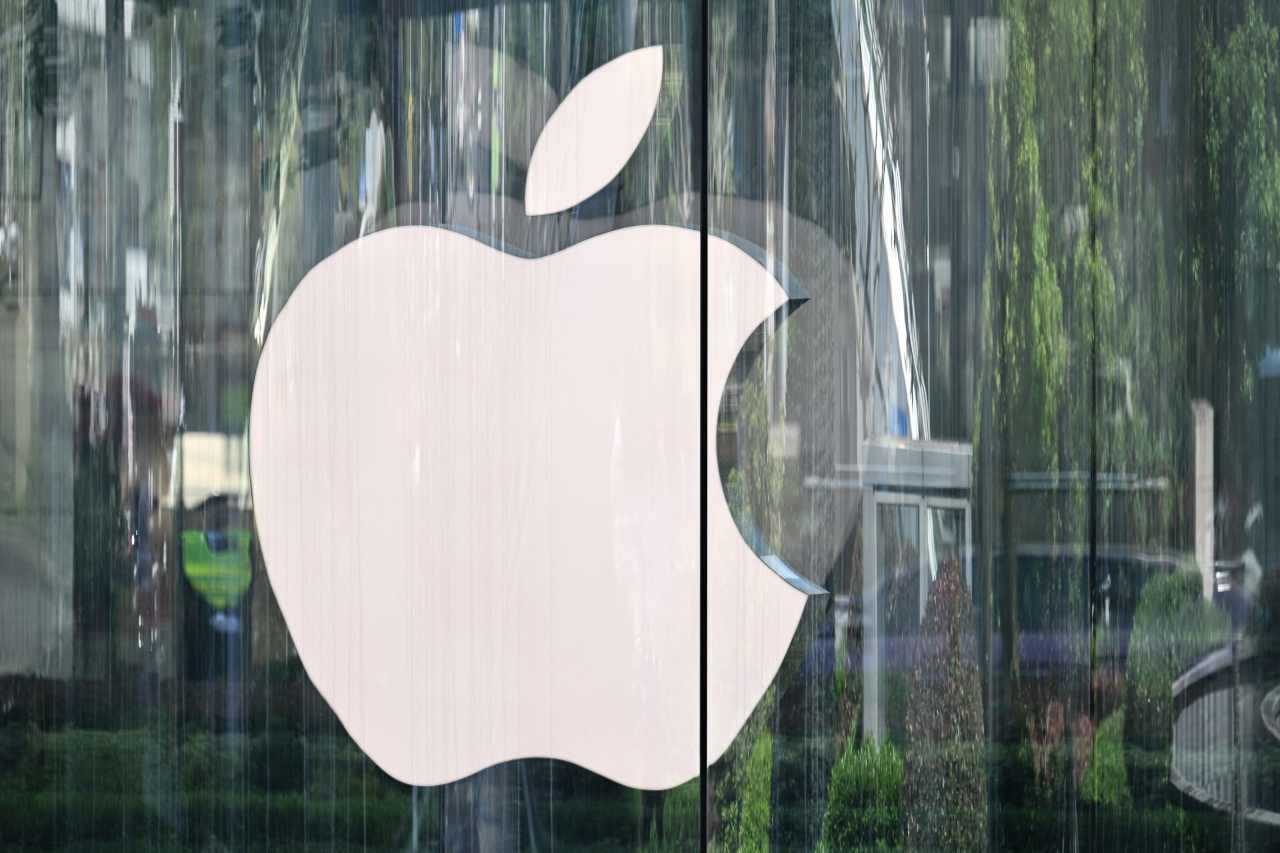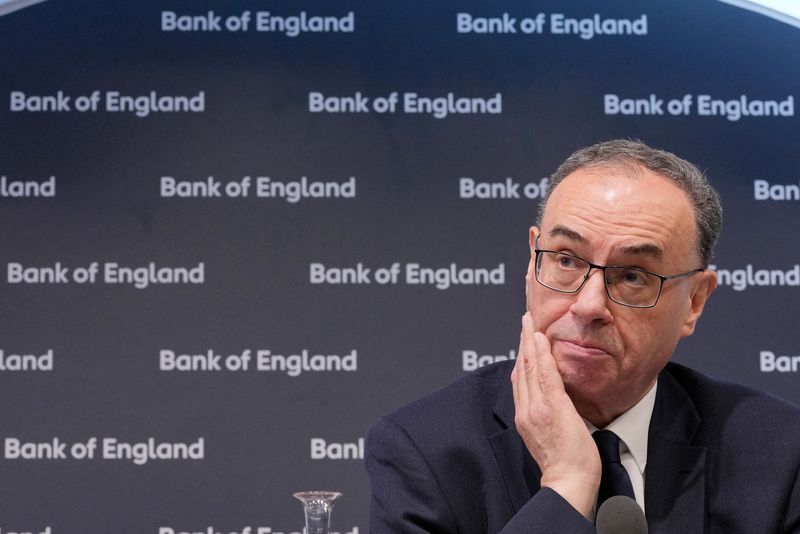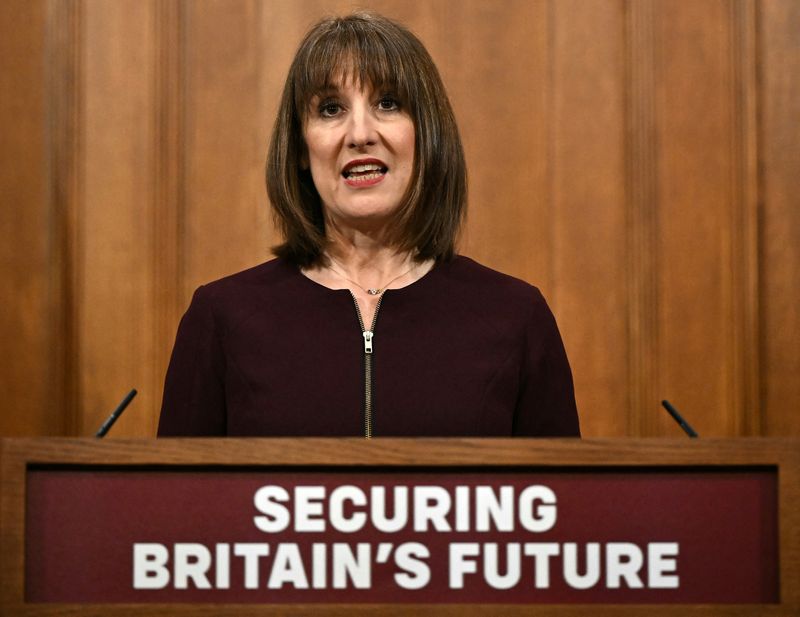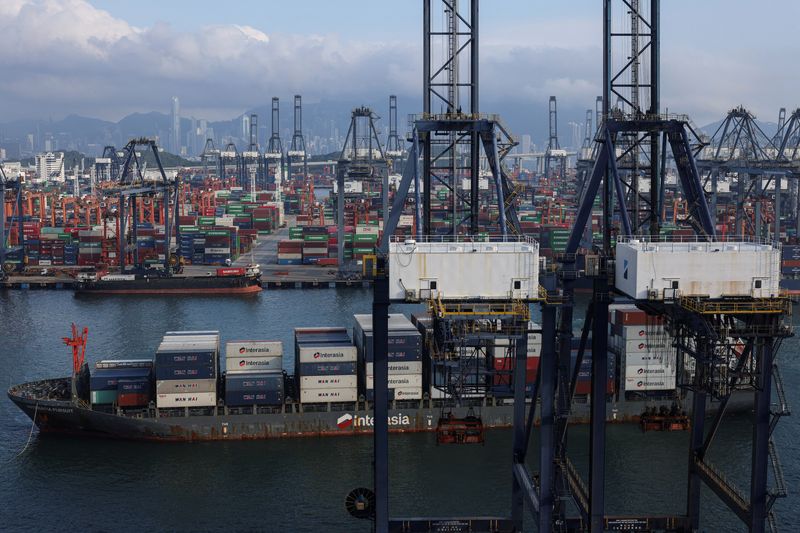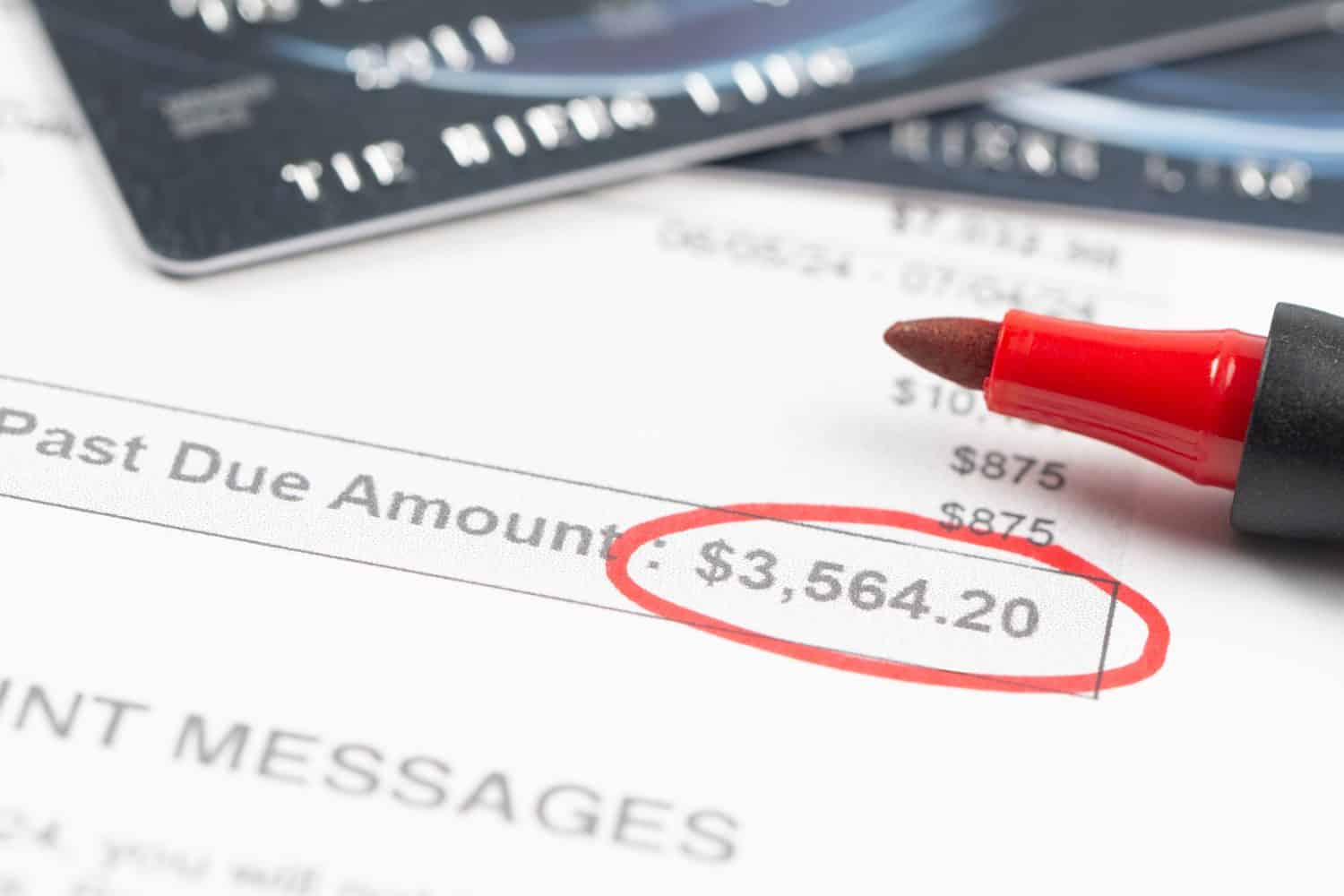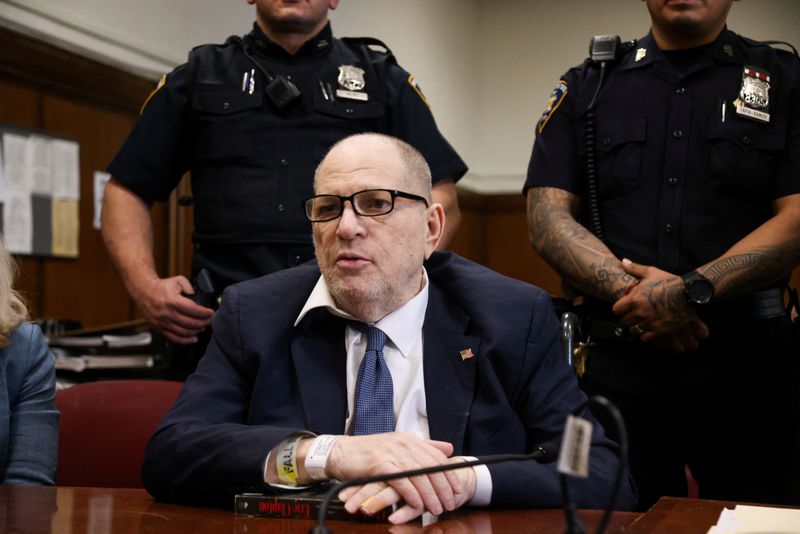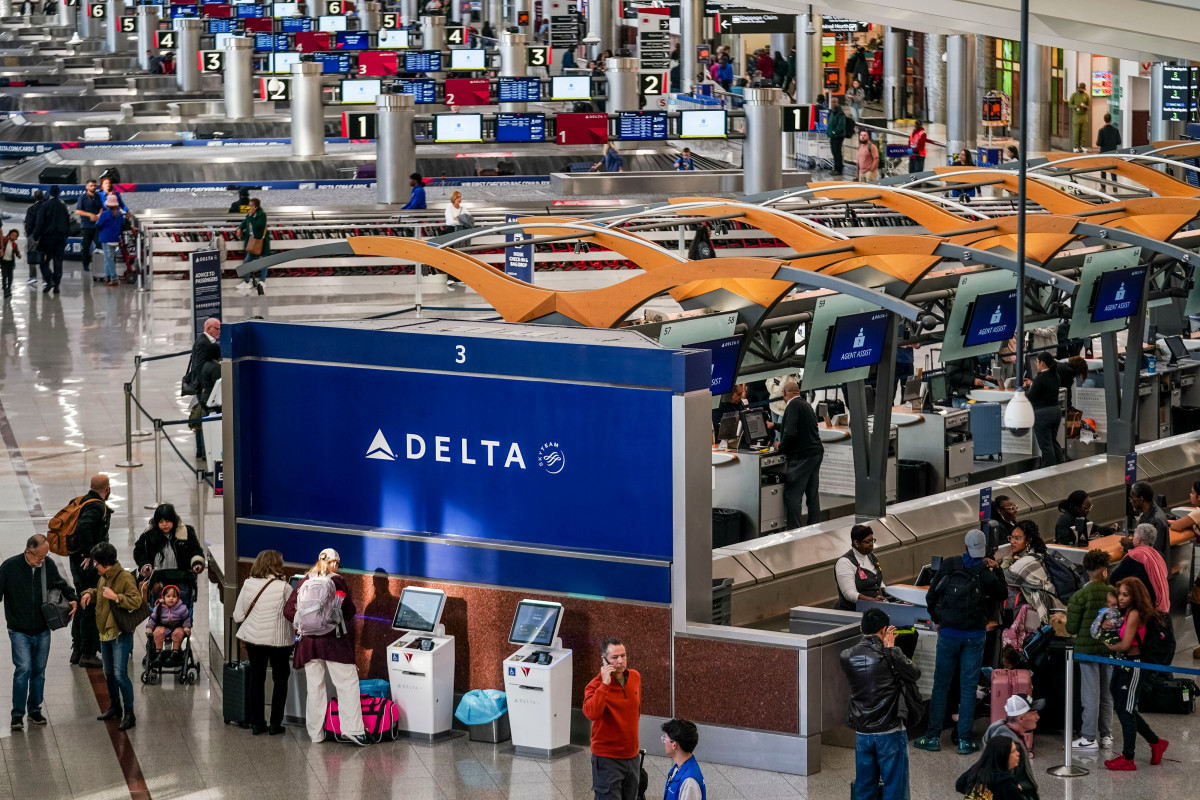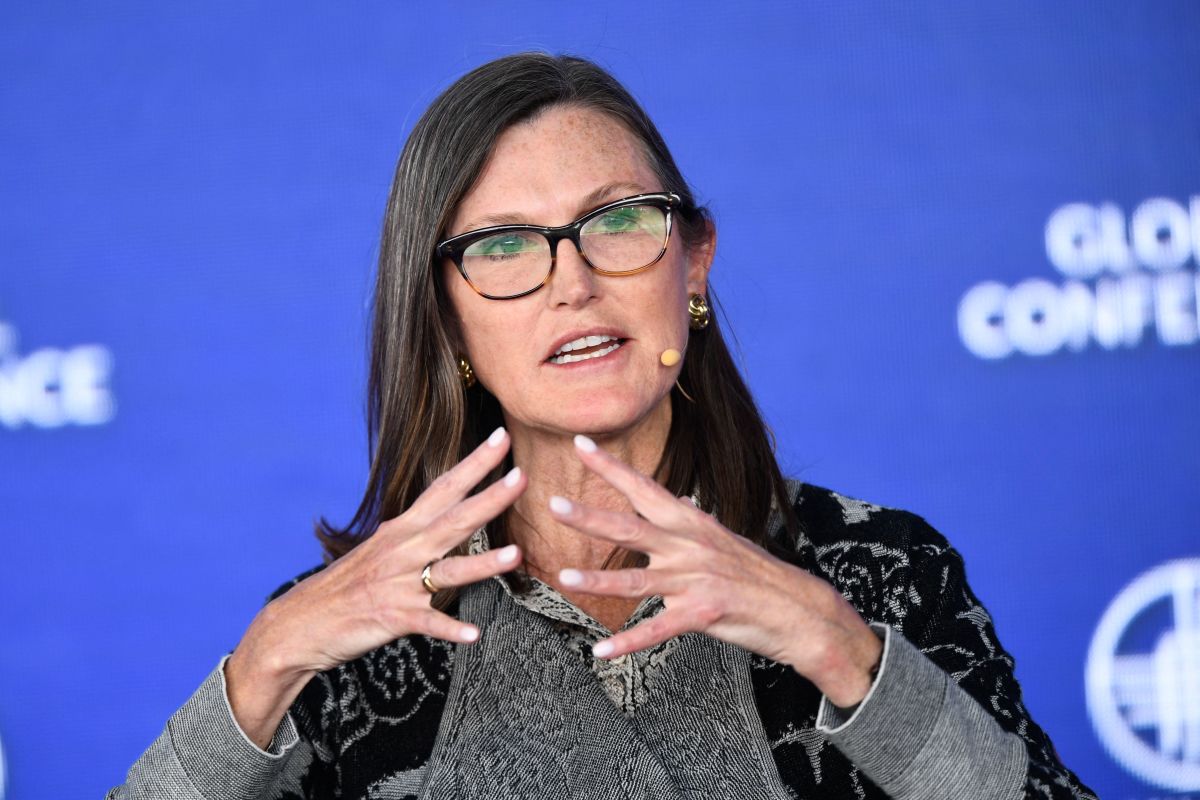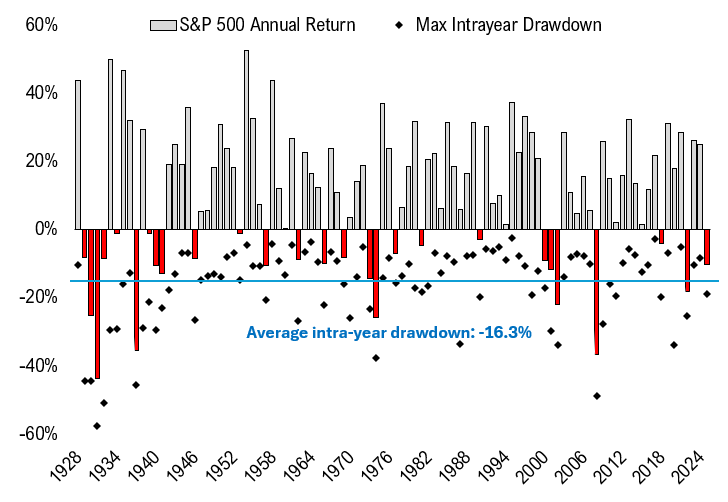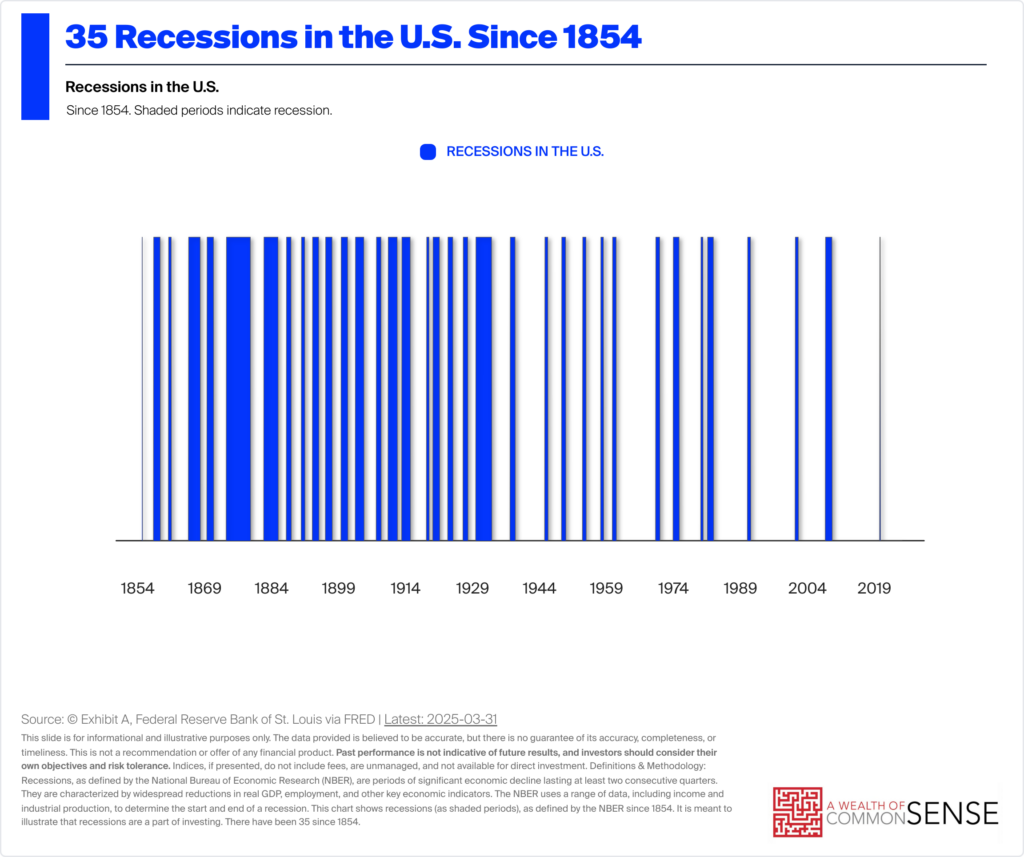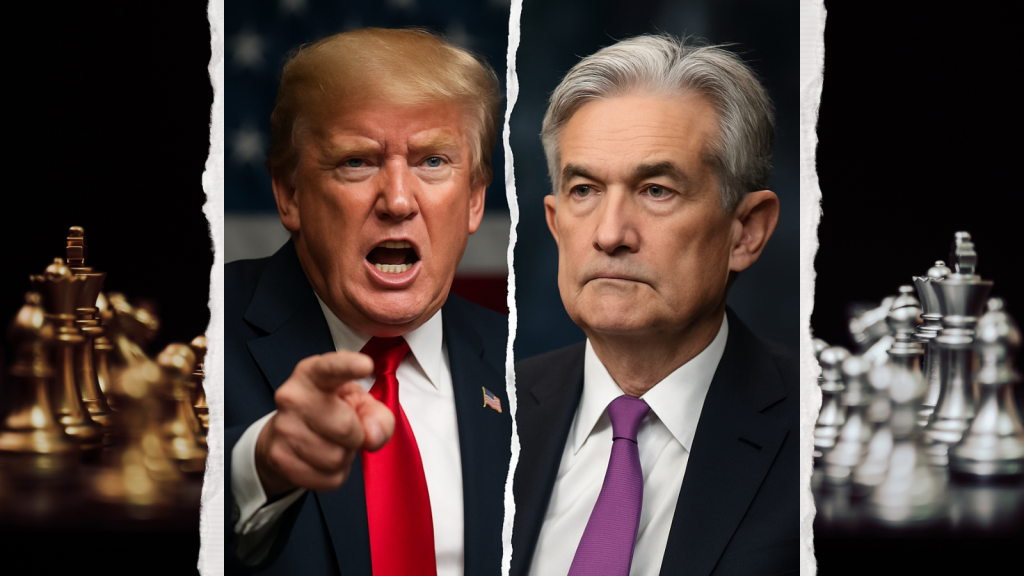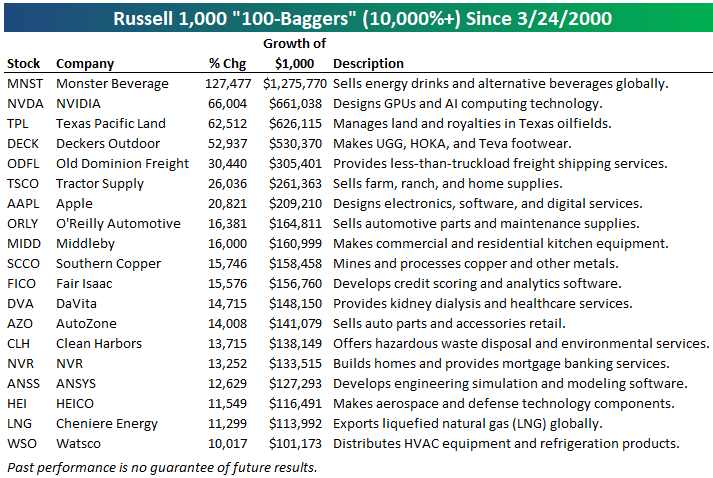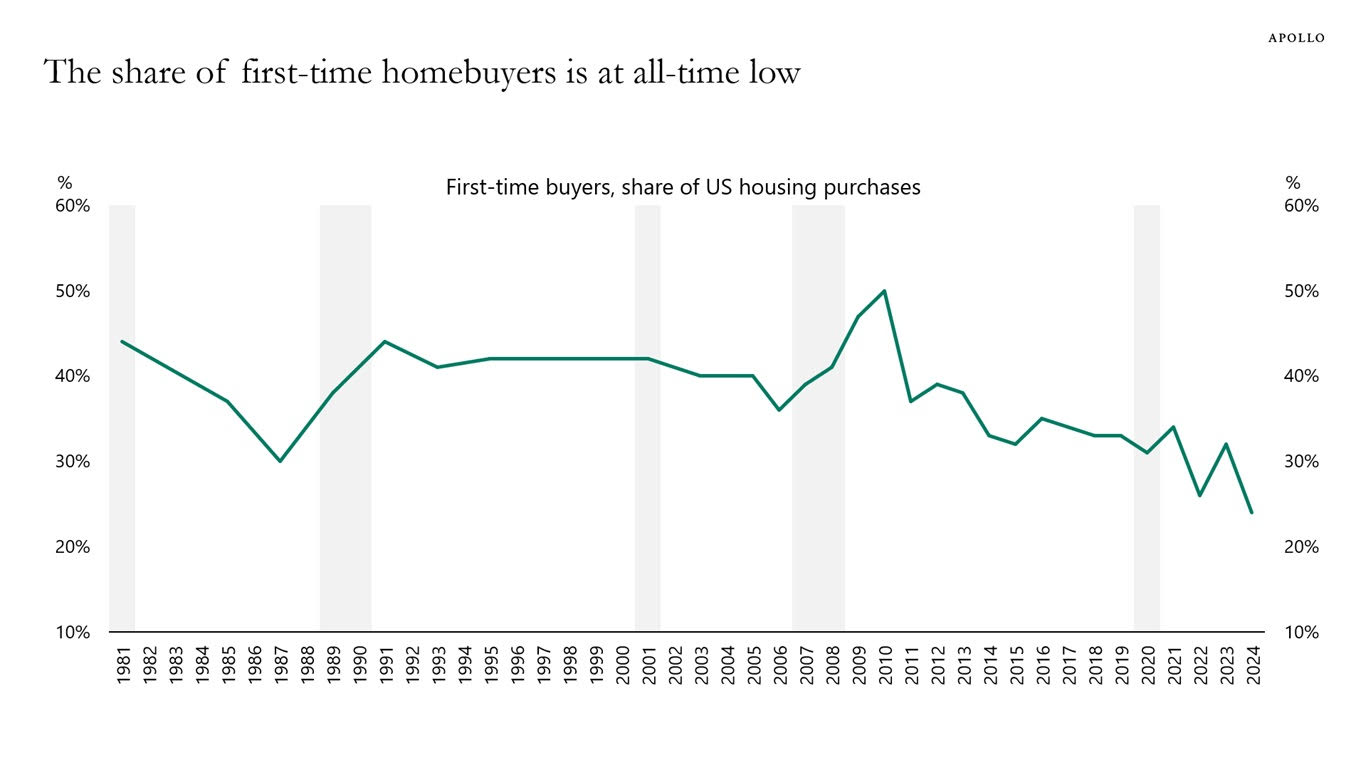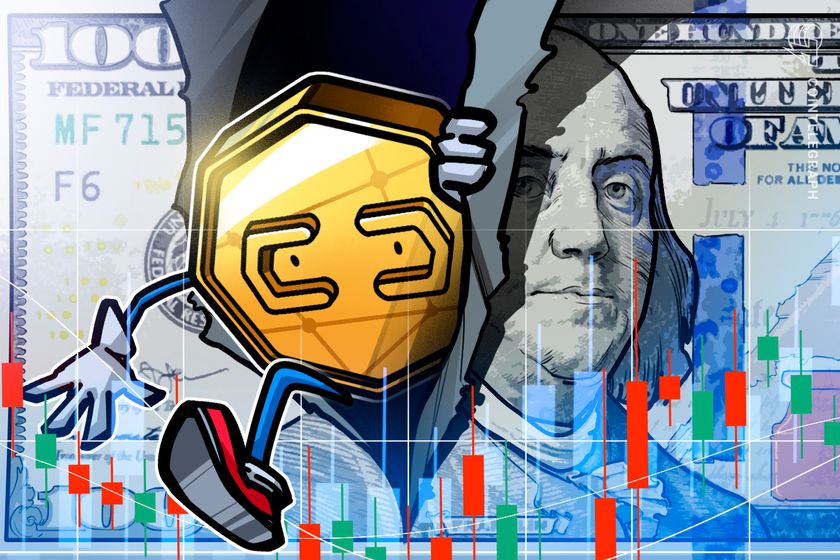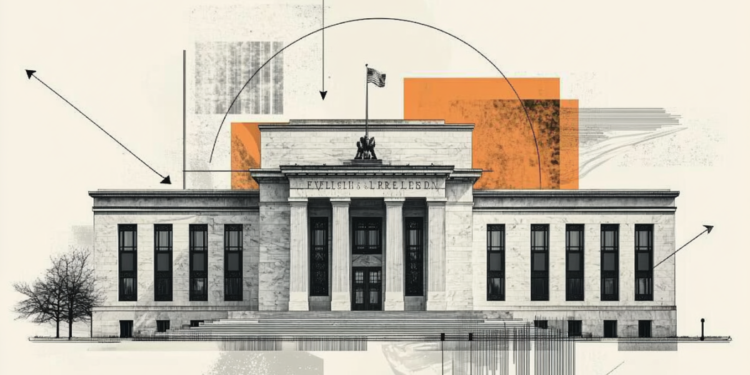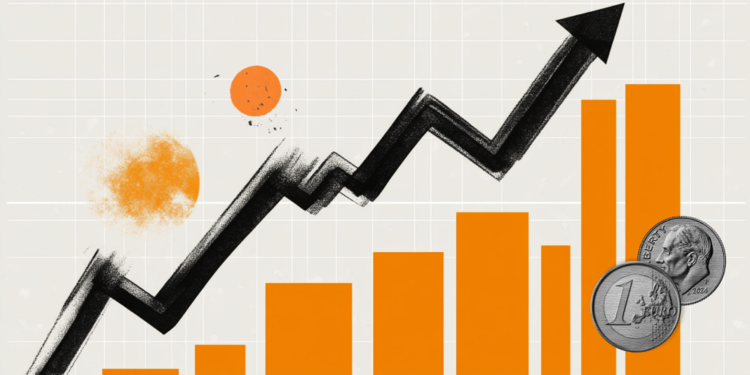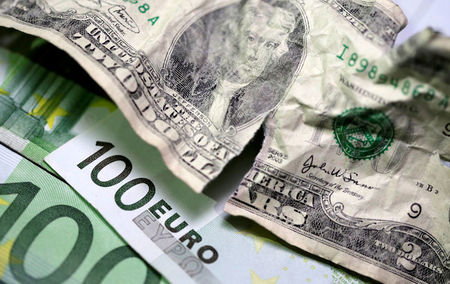How 2025’s debt crisis compares to the 2008 crash
Experts say rising debt and high interest rates could spark a crisis like 2008 — or worse.
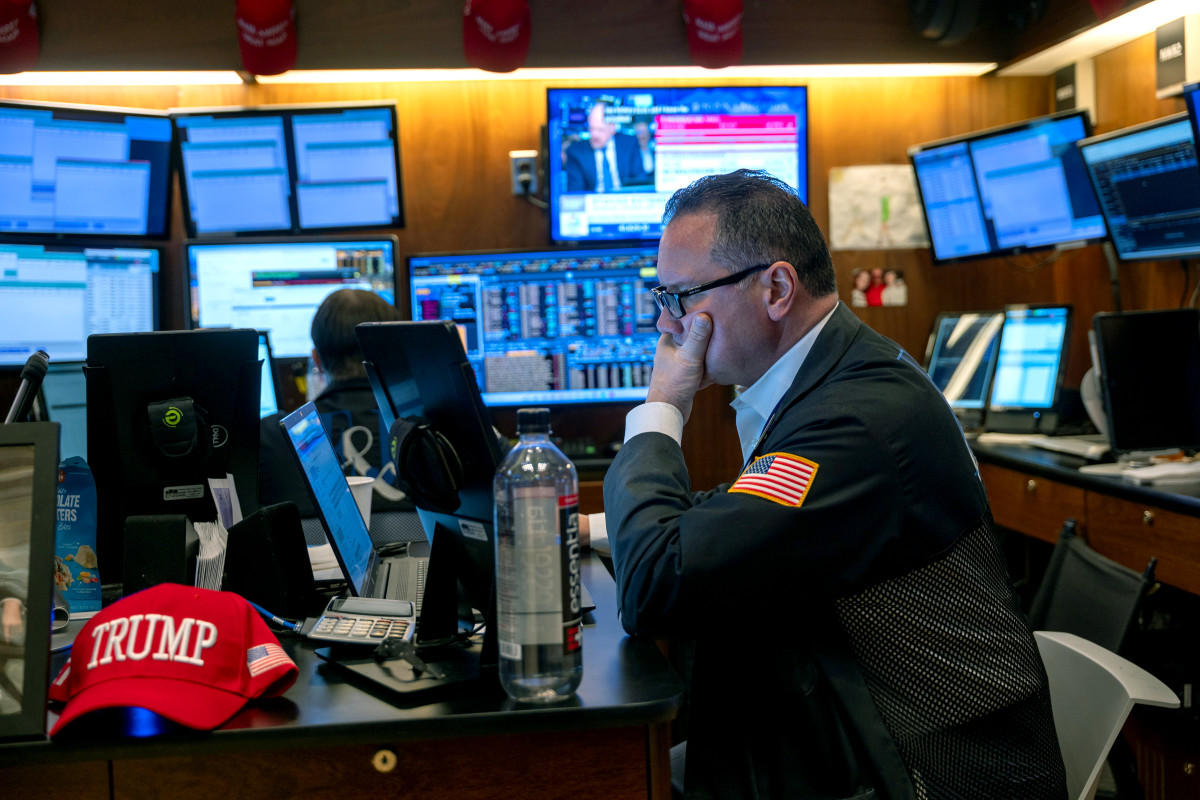
With the U.S. national debt at $36 trillion, experts fear an economic crisis worse than 2008. Rebecca Walser, CEO of Walser Wealth Management, joined TheStreet to discuss why today's commercial debt bubble poses a far greater threat than the subprime mortgage collapse did 17 years ago.
Related: Key indicators signal U.S. recession could be closer than we think
Full Video Transcript Below:
REBECCA WALSER: So the 2008 financial crisis was very specific to subprime lending on what we call back paper lending on, you know, the credit markets. And what happened was those subprime loans were packaged together collateralized as bonds and sold on Wall Street as really safe debt instruments to invest in. And we know that didn't work out. There was a lot of insurance policies that were insuring those b-c bond packages that ended up defaulting. That's what we call the credit default swaps. So the insurance policies collapsed, which is what brought down AIG. And what I would say is different this time is that the debt level of the world in 2025, compared to the GFC in 2008, 2009, is not even comparable. We are so much further indebted and further leveraged. If you look at the mezzanine debt, if you look at the collateralized loan obligations, if you look at all of the kind of subprime financing that's happened on the commercial side this time, instead of the actual consumer side, that's where we see problems. That's where we see insolvency.
We have $9 trillion of federal debt that is getting refinanced in just 2025. And so as we see more and more debt have to be issued, then that's what brings up yields, because the risk of issuing more and more debt means it's riskier, which means the risk premium goes up. And then we're refinancing debt at higher interest rates. The problem with refinancing 9 trillion of 36 trillion at higher interest rates than it was when we wrote the trillion, is because it raises our interest expense. Our interest expense is now our third largest expense, right behind Social Security and Medicare, ahead of even at the same par equivalent of military spending. This is unsustainable, and it leads to what we call a debt bubble bursting, because we will be basically getting so much interest due every 100 days.
We'll have to add more debt to service the interest, and it really becomes a self-defeating prophecy of like a hamster wheel that eventually explodes. So unfortunately, I do have to say that the solvency, if we look at the reserves, for example, if you look at the banking system in the United States of America and you look at the Federal Deposit Insurance corporations balance sheet, you'll see that the assets that are held by the FDIC is less than 2% of all the reserves they actually guarantee in the US banking system. The problem is we are priced to perfection. If anything, as Trump implements his tariff policy, as China retaliates as other countries get back into the mix. After the 90 day expiration. If anything doesn't go well, we have a lot of leveraged credit out there that would be problematic if it doesn't get refinanced at, you know, reasonable rates.

